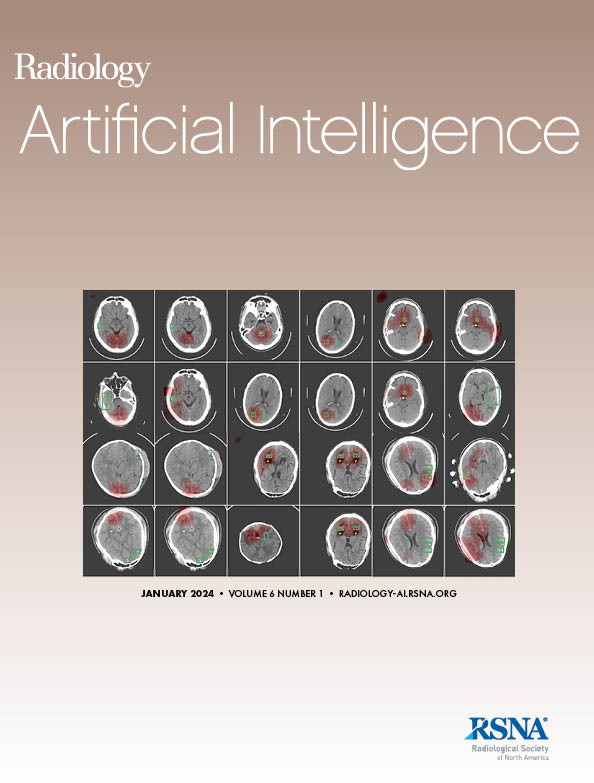Tugba Akinci D'Antonoli, Ali S Tejani, Bardia Khosravi, Christian Bluethgen, Felix Busch, Keno K Bressem, Lisa C Adams, Mana Moassefi, Shahriar Faghani, Judy Wawira Gichoya
求助PDF
{"title":"Cybersecurity Threats and Mitigation Strategies for Large Language Models in Health Care.","authors":"Tugba Akinci D'Antonoli, Ali S Tejani, Bardia Khosravi, Christian Bluethgen, Felix Busch, Keno K Bressem, Lisa C Adams, Mana Moassefi, Shahriar Faghani, Judy Wawira Gichoya","doi":"10.1148/ryai.240739","DOIUrl":null,"url":null,"abstract":"<p><p>The integration of large language models (LLMs) into health care offers tremendous opportunities to improve medical practice and patient care. Besides being susceptible to biases and threats common to all artificial intelligence (AI) systems, LLMs pose unique cybersecurity risks that must be carefully evaluated before these AI models are deployed in health care. LLMs can be exploited in several ways, such as malicious attacks, privacy breaches, and unauthorized manipulation of patient data. Moreover, malicious actors could use LLMs to infer sensitive patient information from training data. Furthermore, manipulated or poisoned data fed into these models could change their results in a way that is beneficial for the malicious actors. This report presents the cybersecurity challenges posed by LLMs in health care and provides strategies for mitigation. By implementing robust security measures and adhering to best practices during the model development, training, and deployment stages, stakeholders can help minimize these risks and protect patient privacy. <b>Keywords:</b> Computer Applications-General (Informatics), Application Domain, Large Language Models, Artificial Intelligence, Cybersecurity © RSNA, 2025.</p>","PeriodicalId":29787,"journal":{"name":"Radiology-Artificial Intelligence","volume":" ","pages":"e240739"},"PeriodicalIF":13.2000,"publicationDate":"2025-07-01","publicationTypes":"Journal Article","fieldsOfStudy":null,"isOpenAccess":false,"openAccessPdf":"","citationCount":"0","resultStr":null,"platform":"Semanticscholar","paperid":null,"PeriodicalName":"Radiology-Artificial Intelligence","FirstCategoryId":"1085","ListUrlMain":"https://doi.org/10.1148/ryai.240739","RegionNum":0,"RegionCategory":null,"ArticlePicture":[],"TitleCN":null,"AbstractTextCN":null,"PMCID":null,"EPubDate":"","PubModel":"","JCR":"Q1","JCRName":"COMPUTER SCIENCE, ARTIFICIAL INTELLIGENCE","Score":null,"Total":0}
引用次数: 0
引用
批量引用
Abstract
The integration of large language models (LLMs) into health care offers tremendous opportunities to improve medical practice and patient care. Besides being susceptible to biases and threats common to all artificial intelligence (AI) systems, LLMs pose unique cybersecurity risks that must be carefully evaluated before these AI models are deployed in health care. LLMs can be exploited in several ways, such as malicious attacks, privacy breaches, and unauthorized manipulation of patient data. Moreover, malicious actors could use LLMs to infer sensitive patient information from training data. Furthermore, manipulated or poisoned data fed into these models could change their results in a way that is beneficial for the malicious actors. This report presents the cybersecurity challenges posed by LLMs in health care and provides strategies for mitigation. By implementing robust security measures and adhering to best practices during the model development, training, and deployment stages, stakeholders can help minimize these risks and protect patient privacy. Keywords: Computer Applications-General (Informatics), Application Domain, Large Language Models, Artificial Intelligence, Cybersecurity © RSNA, 2025.

 求助内容:
求助内容: 应助结果提醒方式:
应助结果提醒方式:


